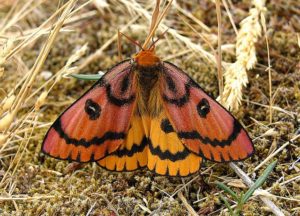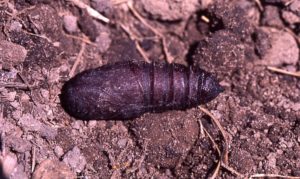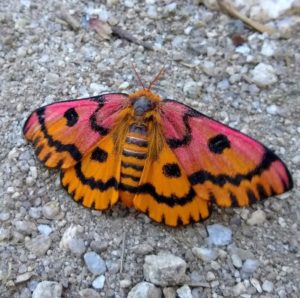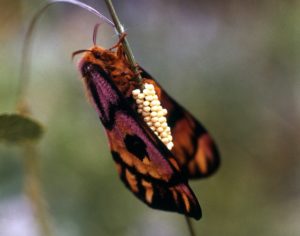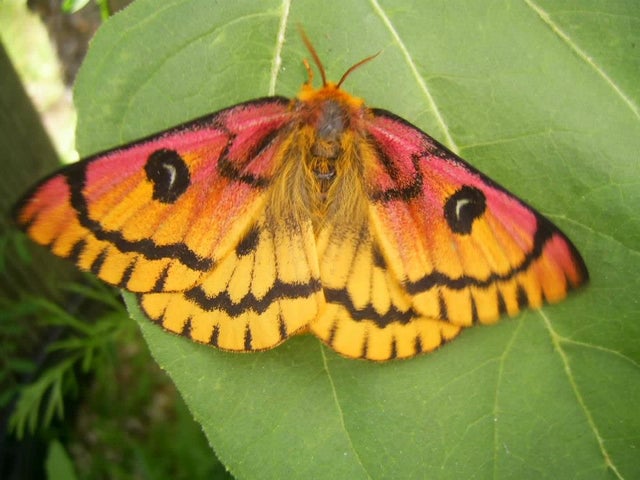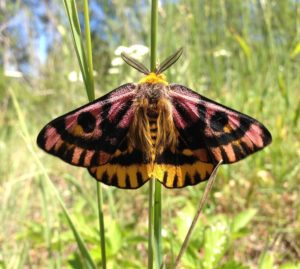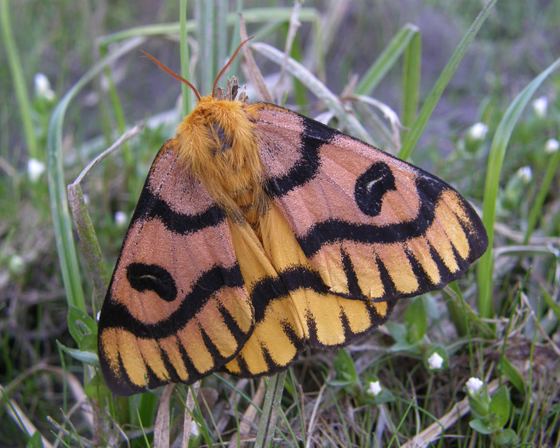Sheep Moth (Hemileuca eglanterina)
The sheep moth is a member of the family of Saturniid moths. It earned its name because it was seen in pastures where sheep were found grazing.
This moth has a close similarity to the Nuttall’s sheep moth.
Scientific Classification
- Family: Saturniidae
- Genus: Hemileuca
- Scientific Name: Hemileuca eglanterina
Description and Identification
Caterpillar
The larvae are black with an orange-brown head. Their body is covered with spines that are initially yellow but become orange when they mature.
Adult Moth
Sexual Dimorphism: Present but not prominent
Color and Appearance
Forewing: When the wings are open, they are pink with a yellow streak in the middle and with black bands, though they are not always present. When closed, the patterns remain similar.
Hindwing: When they are open, the wingsare yellowish with variable black markings. When closed, the color is still observed, even though the patterns are not.
Average wingspan: 5.5-8.5 cm
Flight pattern: Flies fast and close to the ground
Season: Summer
Quick Facts
| Others Name | Common Sheep Moth, Western Sheep Moth |
| Distribution | Western North America, including the Rocky Mountains west to Pacific, from Southern California to southern Canada, west to the crest of the Sierras in California, Sacramento Delta in San Joaquin Valley, and the mountains of southern California. |
| Habitat | Mountains, meadows |
| Lifespan of Adults | Not recorded |
| Host Plants | Bitterbrush, bitter cherry, currant, mountain lilac, mountain-mahogany, snowberry, wild rose, and willow |
| Adult Diet | Does not feed |
Scientific Classification
- Family: Saturniidae
- Genus: Hemileuca
- Scientific Name: Hemileuca eglanterina

